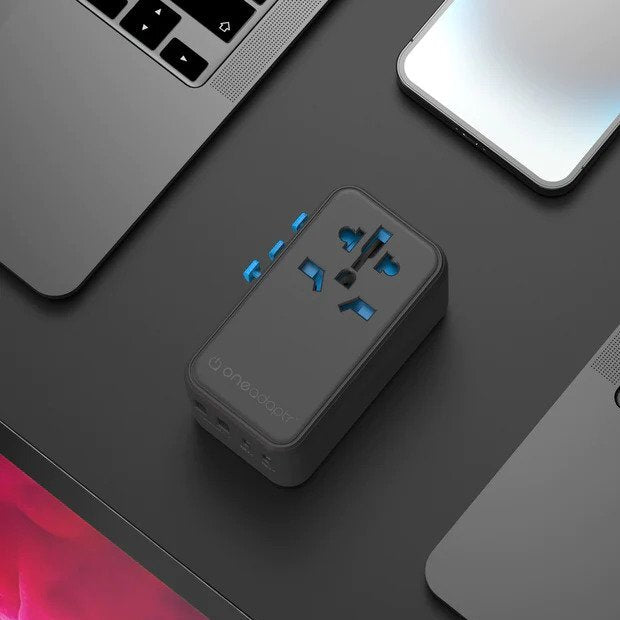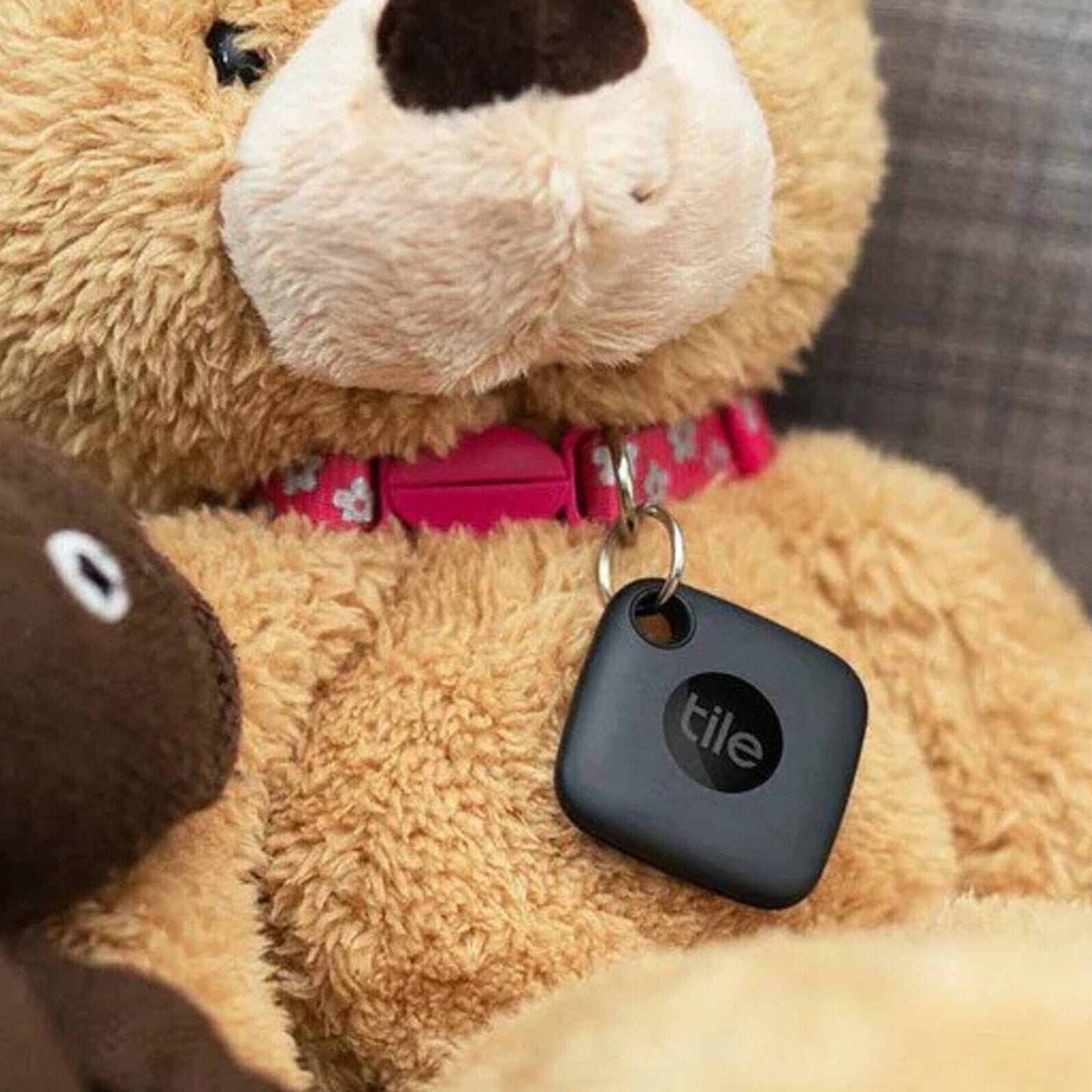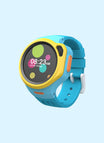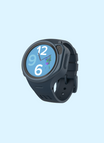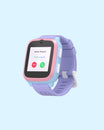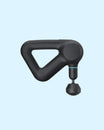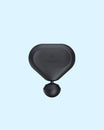Fitbit Charge 5 vs Versa 4: Specs, Features, and more
By Elisabeth Christ
Published March 2024

In the bustling world of wearable technology, Fitbit remains a beacon for fitness aficionados. The Versa 2 and Versa 4 embody Fitbit's dedication to blending style with substance, offering more than just step counting—they aim to be an integral part of your health and daily life. With subtle yet significant differences in design, functionality, and battery life, each model has its charm and drawbacks. Whether you're a seasoned athlete or someone taking the first step towards a healthier lifestyle, understanding these nuances is key. Let's unwrap the features and finesse of the Versa 2 and Versa 4 to guide your next tech purchase.
Key Takeaways
The Versa 2 and Versa 4 each shine in their own right, catering to different user needs and preferences. The Versa 2's allure lies in its streamlined design and a commendable balance between smart features and battery life, making it a solid choice for those who favor simplicity and efficiency. Meanwhile, the Versa 4 steps up with a more vibrant display, enhanced water resistance, and a suite of wellness features backed by Fitbit Premium, appealing to those who seek a deeper dive into their health metrics.
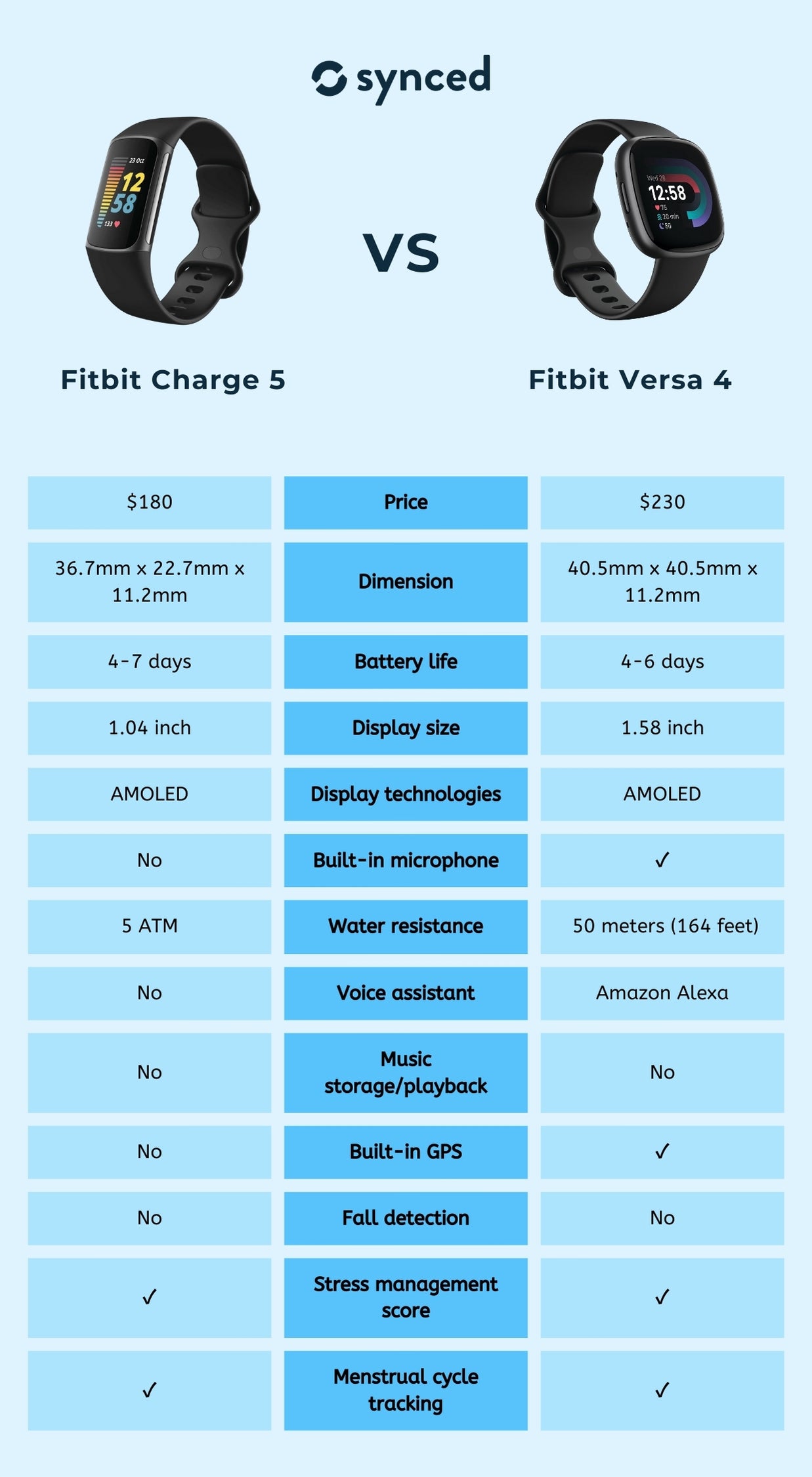

Fitbit Charge 5
Fitness Tracker Suitable for Runners
✓ Brighter touchscreen AMOLED display
✓ Built-in GPS
✓ EDA scan ability
✓ Menstrual cycle tracking

Fitbit Versa 4
Fitness Tracker with Simple Usability Features
✓ 1.58-inch bright and colorful AMOLED display
✓ 164-feet water resistant
✓ Impressive sleep tracking feature
✓ 6-day battery life
#1 Price & Design
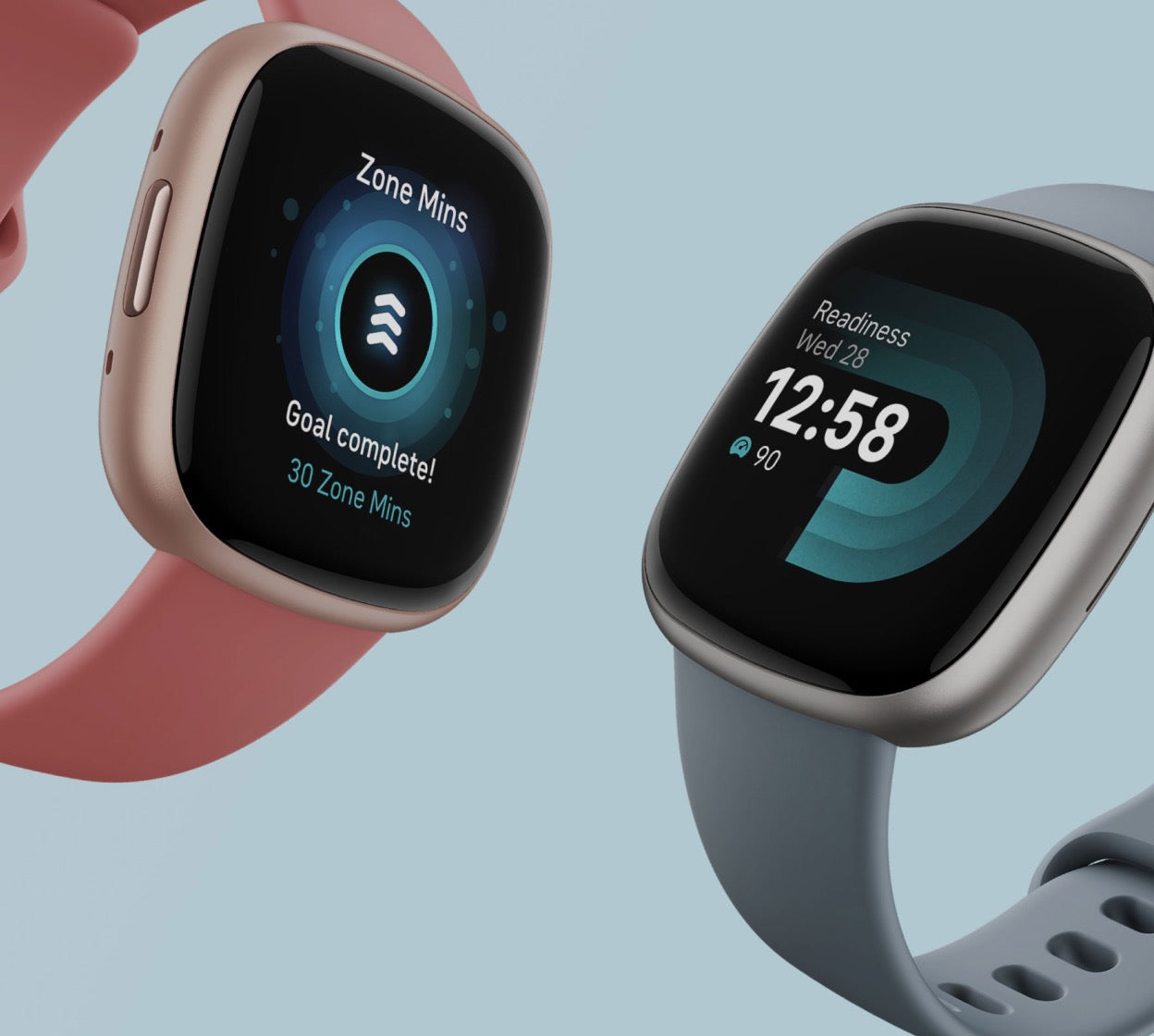
Fitbit Versa 4
The Versa 2 comes at a slightly lower price point of $200, flaunting a squircle body that's become synonymous with the Versa line. It boasts a slim profile, a bright AMOLED display that hits 1000 nits, and a crisp resolution, all packed into a lightweight, 38-gram aluminum case. The design is streamlined with a single button control, making it sleek and user-friendly, and it includes a nifty ambient light sensor that
adjusts the brightness to your surroundings.
Jumping to the Versa 4, priced at $230, it offers a refreshed take on the Versa design language with more color options and a slightly larger display, which maintains the squircle charm but brings in a thicker bezel. The display is vibrant, water resistance is upgraded, and it features a built-in speaker and microphone for on-wrist calls, alongside a physical button that pulls double duty for menu navigation and Alexa activation. It's a bit like the Versa 2 went to fashion school and came back with a new wardrobe and some tech upgrades.
#2 Features & Performance

Fitbit Charge 5
The Versa 2 keeps things smart with Alexa compatibility, local music storage, and a suite of fitness tracking features that include everything from workout detection to sleep tracking. It's particularly noteworthy for its intelligent software additions like Sleep Mode and Smart Wake, aiming to enhance your rest. However, it lags slightly behind in connectivity without a built-in GPS, relying instead on your smartphone to map your runs.
The Versa 4, on the other hand, levels up with the inclusion of a six-month Fitbit Premium trial, promising an extensive library of workouts and wellness sessions. While it may not support local music storage or third-party app downloads, it compensates with robust health tracking, including an improved heart rate monitor and Active Zone Minutes to nudge you towards more movement. The Versa 4 doubles down on the smartwatch experience with additional features like Google Maps and Wallet support, though it still keeps your smartphone in the loop for GPS and calls.
#3 Battery Life

Fitbit Versa 4
Battery life is where you'll see a difference in day-to-day usage. The Versa 2 promises up to 5 days of battery life without Always-on Display (AOD), but turning on AOD cuts it down significantly. It's a balance between functionality and longevity, with the Versa 2 appealing to those who prioritize a longer battery life over continuous display functionality.
The Versa 4, while offering a day less of battery life with AOD enabled, presents a more flexible battery management system. With AOD turned off and the settings tweaked for lower power consumption, it can extend up to 6 days. This slight adjustment in battery performance reflects the Versa 4's more advanced display and features, making it a trade-off for the added benefits.
Fitbit Charge 5 vs Fitbit Versa 4
Final Thoughts
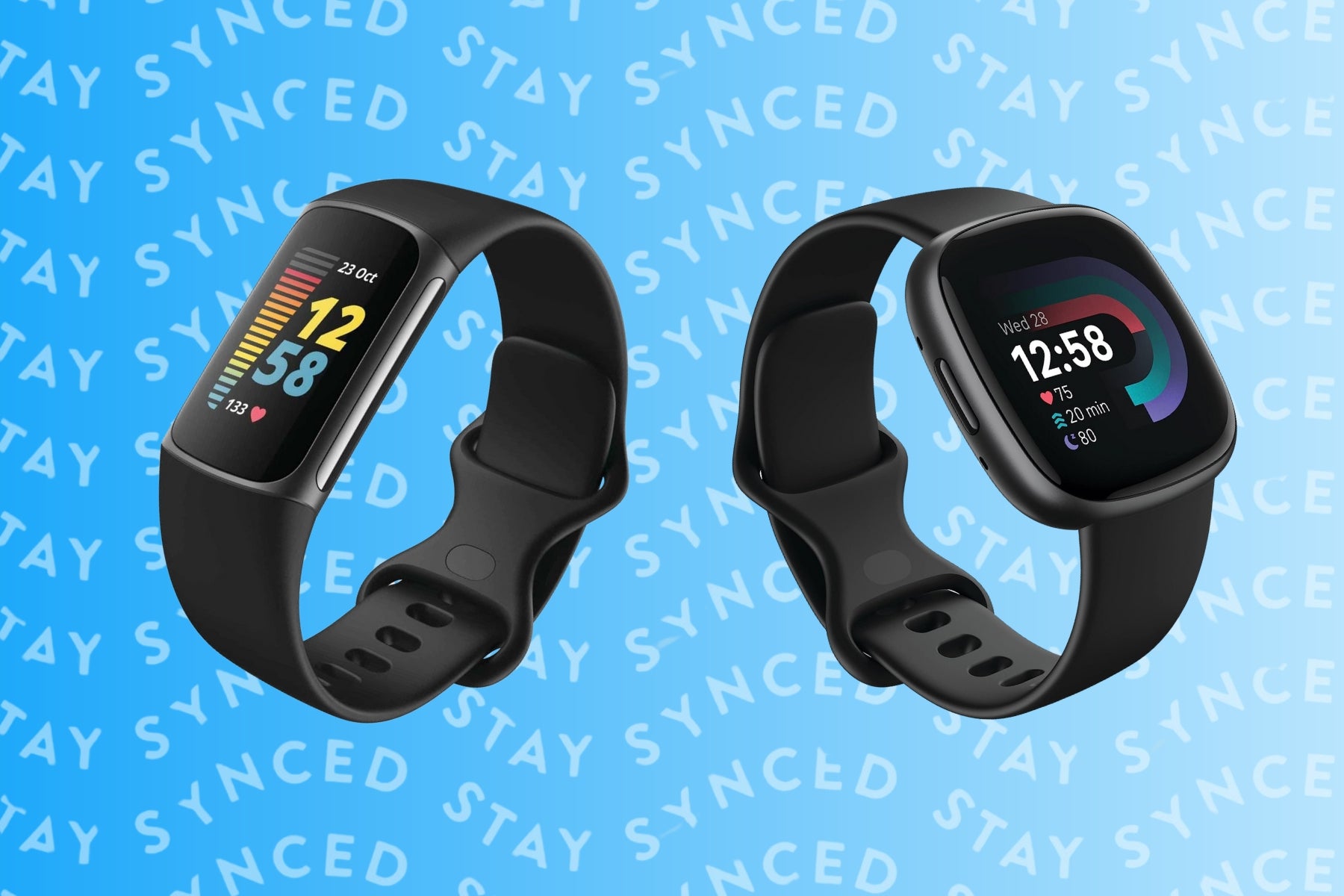
Fitbit Charge 5 vs Fitbit Versa 4
Deciding between the Fitbit Versa 2 and Versa 4 is a matter of aligning your wearable expectations with your lifestyle needs. If you're drawn to a more minimalist approach, favoring a device that nails the basics of health tracking without overwhelming you with features, the Versa 2 could be your ideal match. Its blend of functionality, extended battery life, and affordability presents a compelling case for those stepping into the world of smart fitness tracking.
On the flip side, if your journey into health and wellness demands a more detailed, feature-rich experience, the Versa 4's advancements in health tracking, smart capabilities, and the added bonus of Fitbit Premium may offer the depth you're looking for. Despite its slightly shorter battery life with AOD, its ability to serve as both a fitness guide and a smartwatch positions it as a versatile companion for the tech-enthusiast with an active lifestyle. Ultimately, your choice should complement your daily routine, pushing you towards your health goals with confidence and style.
Don't miss out on tech
Subscribe to our newsletter to stay up to date on the latest tech trends and guides on the best gadgets around.


